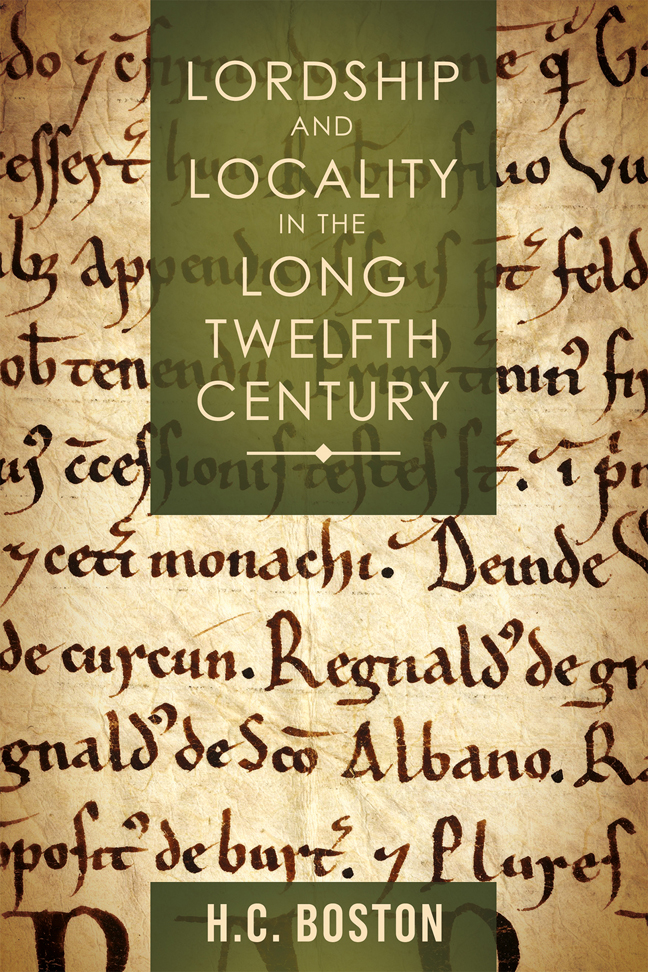Book contents
- Frontmatter
- Dedication
- Contents
- List of Illustrations
- Acknowledgements
- List of Abbreviations
- Introduction
- 1 Multiple lordship: a quantitative analysis
- 2 Multiple lordship and the honour
- 3 Multiple lordship and religious patronage
- 4 Multiple lordship and urban centres
- 5 The abbey of Burton-upon-Trent: a case study
- Conclusion
- Bibliography
- Index
5 - The abbey of Burton-upon-Trent: a case study
Published online by Cambridge University Press: 21 February 2024
- Frontmatter
- Dedication
- Contents
- List of Illustrations
- Acknowledgements
- List of Abbreviations
- Introduction
- 1 Multiple lordship: a quantitative analysis
- 2 Multiple lordship and the honour
- 3 Multiple lordship and religious patronage
- 4 Multiple lordship and urban centres
- 5 The abbey of Burton-upon-Trent: a case study
- Conclusion
- Bibliography
- Index
Summary
The Abbey Of Burton-upon-Trent has left the most extensive records of any institution in the region under study. As a result, the house provides unusually detailed evidence of how it administered its tenants and sought to regulate their relationship with other lords, giving us valuable insight into the pragmatic ways in which multiple lordship was managed. It also demonstrates the degree to which regional power was to a large extent bottom-up and depended on relations with, and loyalty from, those at the level of subtenants and below.
This chapter will first examine the abbey's foundation and the nature of its documentation, before turning to the most striking evidence for the house's management of its tenants. In most grants made by the house in the first two-thirds of the twelfth century, the type of homage performed by the tenant is recorded. Throughout these documents, there is a recognition of what services could be reasonably asked of a tenant, or whether and under what circumstances they would have to concede to the prior claims of another lord. A series of case studies explores how these homage relationships operated. Finally, attention will turn to the house's miracle stories. These demonstrate the importance of managing relations with subtenants and servants as a means of maintaining peaceful relationships with neighbouring lords. Before turning to the abbey's relations with its tenants, we need to briefly examine the foundation of the house and its sources.
The foundation and the documents
The abbey was founded c.1004 by a king's thegn, Wulfric Spot, who held lands both in the north Midlands area and further to the north-west. A previous religious foundation may have existed at Burton from the seventh century, according to the abbey's Vita of its patron saint, St Modwenna. The saint was said to be an Irish abbess who came to the area and built two churches: one on an island in the Trent, which was later known as Andressey, suggesting a dedication to St Andrew, and one on the eastern bank of the river. Although St Modwenna was said to have returned to Ireland, she left an unnamed companion at Andressey to act as abbess. After St Modwenna's death in Scotland, she was buried in this church. This tradition may be in part legendary, but circumstantial evidence also suggests Burton may have been an early religious site associated with Bishop Wilfrid.
- Type
- Chapter
- Information
- Lordship and Locality in the Long Twelfth Century , pp. 197 - 220Publisher: Boydell & BrewerPrint publication year: 2024



